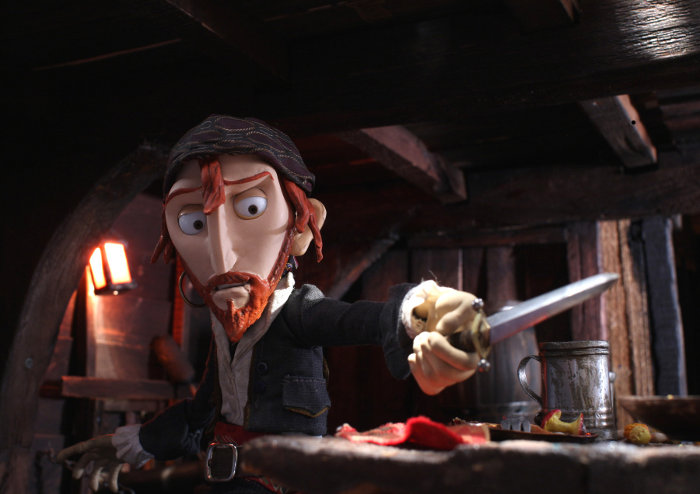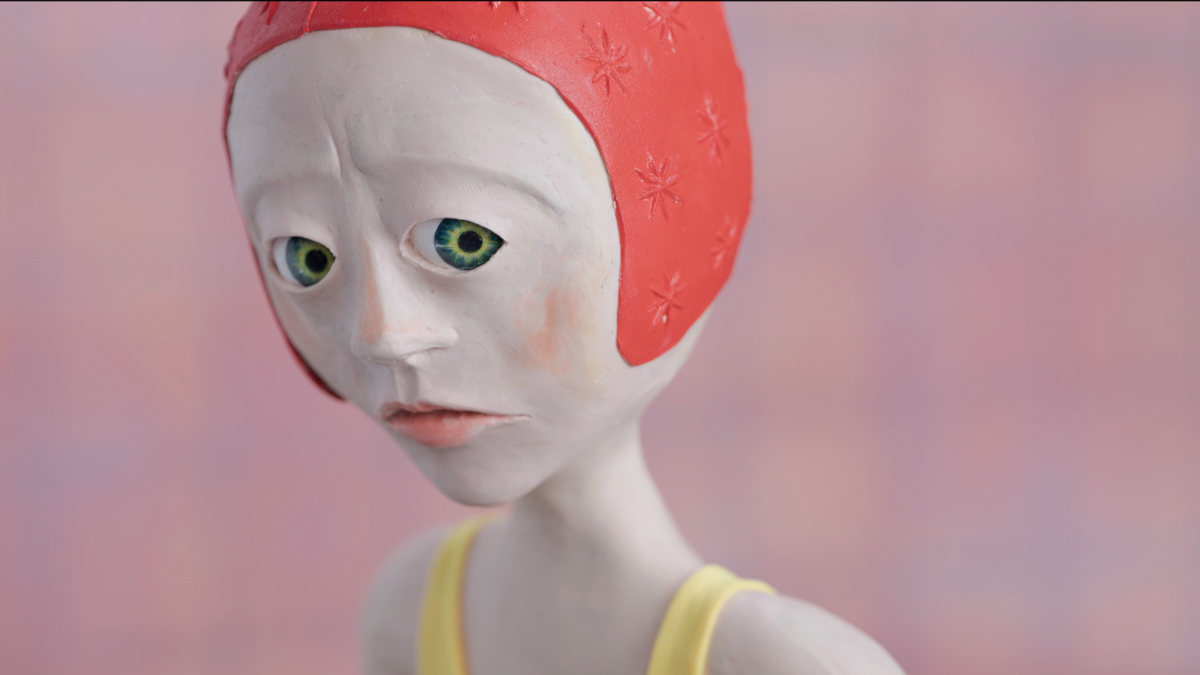Selkirk, the real Robinson Crusoe review: You don't need to toss a coin

Selkirk, The Real Robinson Crusoe (Selkirk, el verdadero Robinson Crusoe, prod. Tournier Animation/Maiz Producciones/Cineanimadores/LaSuma) has an almost historical and naturalistic feel. It cleverly assigns itself not to the pirate parody genre (worked out to exhaustion by the Pirates of the Caribbean franchise), but needs to tell a different story about being autonomous and also being wise enough.
The impetus of the Walter Tournier film is the real story of Alexander Selkirk, who joined buccaneer expeditions in the South Seas in the 17th century. His staying as a castaway in a remote island near Chile inspired Defoe's famous novel.
The multi-national production (Uruguay, Chile, Argentina) of Selkirk, The Real Robinson Crusoe almost gives the game away from its title alone. Yet, the purpose is a natural investigation of the mores and behaviors of people almost like us -but still, not quite like us.
The story starts in 1690 London, where the buccanneer Selkirk is appointed as master (but not as a ship captain) of Esperanza, a ship in search of the booty-carrying Manila ship around the globe.
The redhead Selkirk is the one to toss a coin to find his way out, while the unscrupulous (but always predictable) Captain Bullock will do everything in his power and moustache to get the gold by himself. The crew has its own charm, and visual characterization is both elegant, with a vibrant red all over the pirate outfits.The gunner Bruck, the charming-looking Robin, carpenter Hank, and most importantly, the young girl Gertrude masquerading as the boy cook Pepi almost define what it is to be a pirate.
The first half of the film is amusingly spent on taverns, songs, table manners and duck races inside Esperanza. What matters here is no sea adventures in the manner sought (but, alas, never attained) in Pirates! Band of Misfits. Even the shiny, golden color of the Aardman film is now replaced by most naturalistic colors. Selkirk, the Real Robinson Crusoe is interested in human dynamics.
The redhead Selkirk is an interesting character. Reckless but competent, ready to test his companions' loyalty to him but also eager to regret, he is bound to get into troubles. The subplot that involves Captain Bullock's plans to throw him out of Esperanza does not really work. What does the trick is Selkirk's overriding confidence, and neglect for his comrades.
After a fight, Selkirk will be abandoned in an uninhabited island, ready-made for do-it-yourself construction work. He has to face a rather gross-designed animal kingdom, and his meat preferences may have to change to ensure that this is family-friendly film. But Selkirk's resourcefulness keeps the film alive, even though no extraordinary adventures take place inside the island. Different narrative strands and the question of the value of money are to be united, and Selkirk will finally learn to trust more the voice of reason (exemplified by Gertrude/Pipi in the whole film) than luck.
The film is short of visual marvels, and the plant danger inside Esperanza looks naive and out of narrative focus. Selkirk, The Real Robinson Crusoe does not work as an adventure story, and its reckless Selkirk shares nothing of the fun of the brainless Pirate Captain in Pirates!Band of Misfits.
Selkirk is a film that might even work as a documentary of pirate psychology and behavior. It is entertaining, but one should never expect laugh-out loud situations.
It has a slower pace than many US major studio outputs; but this makes it easier to concentrate on persons instead of visual gags. It does not break new ground, but is a sweet reminder of people needing other people in order to survive.
Vassilis Kroustallis








